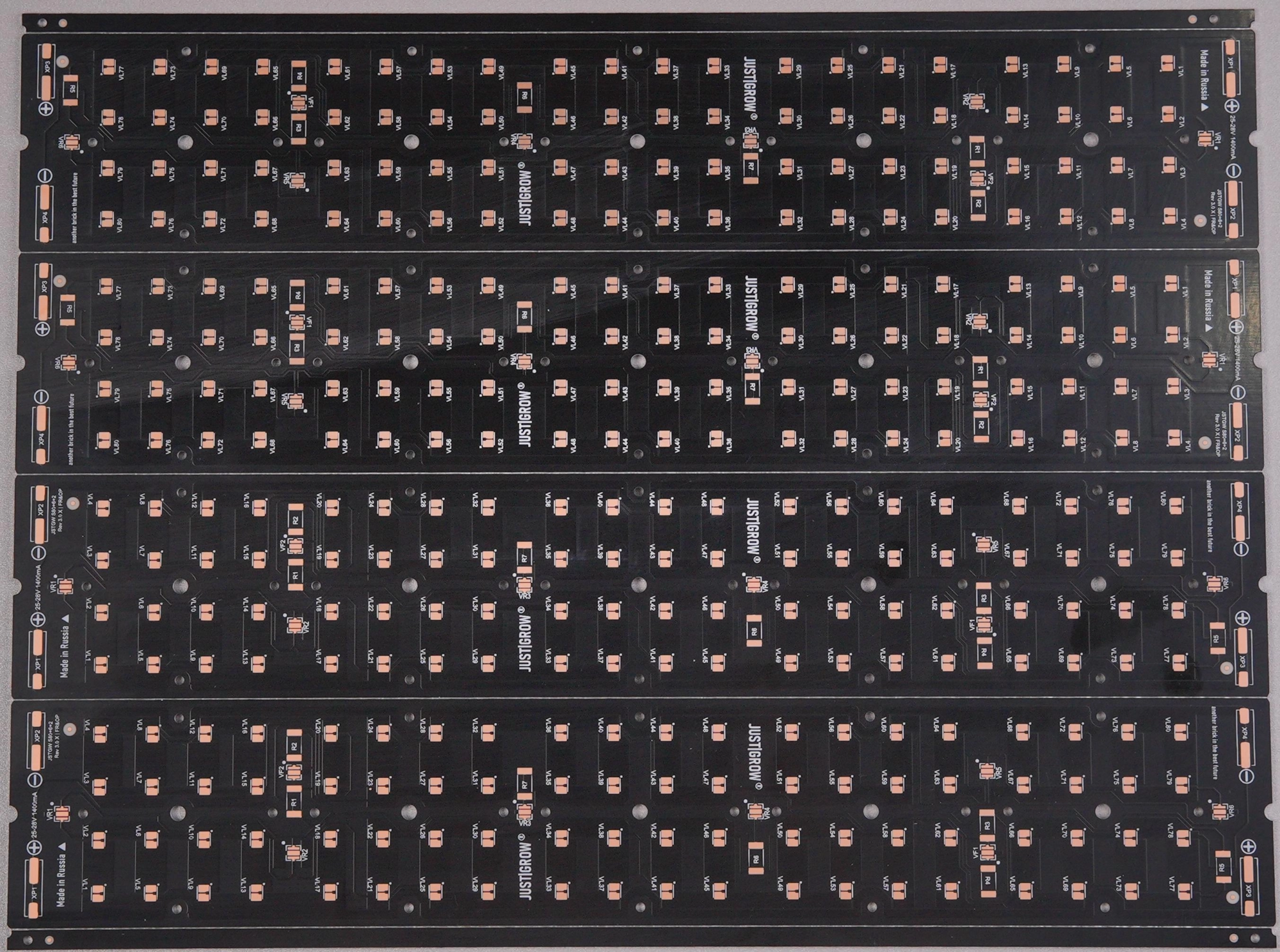Aluminum PCB: Essential for Efficient Thermal Management
Aluminum PCBs (Printed Circuit Boards) have emerged as a critical component in electronic design, especially in applications that demand superior heat dissipation.
This article explores aluminum PCBs in detail, covering their production process, materials, applications, and a practical design guide.
What is an Aluminum PCB
An aluminum PCB, also known as a Metal Core PCB (MCPCB), uses an aluminum base material instead of the standard fiberglass (FR4).
These boards are ideal for high-heat environments such as:
-
High-power LEDs
-
Power supplies
-
Automotive electronics

Production Process of Aluminum PCBs
The manufacturing of aluminum PCBs involves precise, multi-step processes to ensure performance and reliability:
1️⃣ Base Layer Preparation
-
Aluminum substrate: Alloy 6061, 5052, or 1060
-
Dielectric layer: Electrical insulation + thermal conductivity
-
Copper foil: Conductive top layer
2️⃣ Lamination
-
Thermally conductive dielectric polymer is laminated to the aluminum base
-
Copper foil is then applied to create the circuit layer
3️⃣ Circuit Imaging
-
Photolithography transfers circuit design using UV light and photoresist
4️⃣ Etching
-
Unwanted copper is chemically removed to define trace patterns
-
Residual photoresist is stripped
5️⃣ Drilling & Plating
-
Holes are drilled for vias or mounting
-
Conductive plating ensures electrical connectivity
6️⃣ Surface Finishing
-
Apply finishes like:
-
ENIG (Electroless Nickel Immersion Gold)
-
HASL (Hot Air Solder Leveling)
-
OSP (Organic Solderability Preservative)
-
7️⃣ Solder Mask & Silkscreen
-
Solder mask protects copper traces
-
Silkscreen adds component labels and markings
8️⃣ Assembly & Testing
-
Components are soldered onto the board
-
Tests include:
-
Electrical continuity
-
Thermal performance
-
Materials Used in Aluminum PCBs
Each layer in an aluminum PCB plays a unique role in performance:
| Layer | Description |
|---|---|
| Aluminum Substrate | High thermal conductivity and mechanical strength (e.g., 6061, 5052) |
| Dielectric Layer | Electrically insulating, thermally conductive polymer |
| Copper Layer | 1–10 oz copper thickness, for high current and heat transfer |
| Surface Finish | ENIG / HASL / OSP for soldering and oxidation protection |
| Protective Layers | Solder mask and silkscreen for board protection and labeling |
Applications of Aluminum PCBs
Aluminum PCBs are widely used in industries demanding thermal control + reliability:
💡 LED Lighting
-
Street lamps, automotive headlights, architectural lighting
⚡ Power Electronics
-
Power supplies, inverters, and motor controllers
🚗 Automotive Electronics
-
Engine controls, dashboard electronics, brake light circuits
📱 Consumer Electronics
-
Laptops, TVs, audio amplifiers
🏥 Medical Devices
-
Surgical lighting, diagnostic equipment, patient monitoring systems
🌞 Renewable Energy
-
Solar inverters, wind power converters, smart grid systems

How to Design an Aluminum PCB
Proper aluminum PCB design ensures thermal efficiency and mechanical durability.
1. Define Requirements
-
Assess power & heat dissipation levels
-
Identify environmental conditions & protection levels
2. Select Materials
-
Choose aluminum alloy (6061, 5052…)
-
Define dielectric material and copper thickness
3. Optimize Circuit Layout
-
Use shorter high-current traces
-
Apply wider traces for power paths
-
Position components for even heat distribution
4. Thermal Management
-
Add thermal vias if required
-
Use thermal simulation tools to optimize
5. Design for Manufacturability
-
Align with manufacturer’s DFM rules
-
Confirm available materials and capabilities
6. Validate Through Testing
-
Simulate, prototype, and test in real-world environments
Conclusion
Aluminum PCBs are an indispensable solution for managing heat in high-performance electronics.
With advanced materials, streamlined production, and broad application potential, they provide:
-
Efficient thermal control
-
Durable structural support
-
High reliability in harsh environments
By following best design practices, engineers can unlock the full potential of aluminum PCBs in modern innovation.


